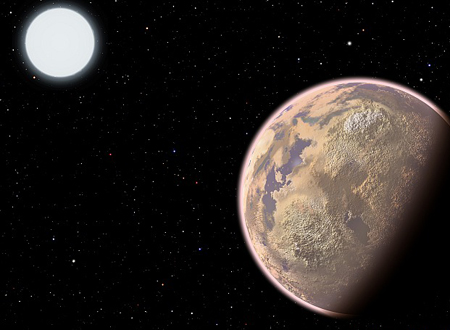Tracking pollution in space may help in finding aliens
 Washington, July 25 : A new study has revealed that that we could spot the fingerprints of certain pollutants under ideal conditions, which would offer a new approach in the search for extraterrestrial intelligence (SETI).
Washington, July 25 : A new study has revealed that that we could spot the fingerprints of certain pollutants under ideal conditions, which would offer a new approach in the search for extraterrestrial intelligence (SETI).
The study by theorists at the Harvard-Smithsonian Center for Astrophysics (CfA) shows that the upcoming James Webb Space Telescope (JWST) should be able to detect two kinds of chlorofluorocarbons (CFCs) -- ozone-destroying chemicals used in solvents and aerosols.
Henry Lin said they consider industrial pollution as a sign of intelligent life, but perhaps civilizations more advanced than them, with their own SETI programs, will consider pollution as a sign of unintelligent life since it's not smart to contaminate your own air.
The researchers calculated that JWST could tease out the signal of CFCs if atmospheric levels were 10 times those on Earth. A particularly advanced civilization might intentionally pollute the atmosphere to high levels and globally warm a planet that is otherwise too cold for life.
The team notes that a white dwarf might be a better place to look for life than previously thought, since recent observations found planets in similar environments. Those planets could have survived the bloating of a dying star during its red giant phase, or have formed from the material shed during the star's death throes.
The study was published online in The Astrophysical Journal. (ANI)